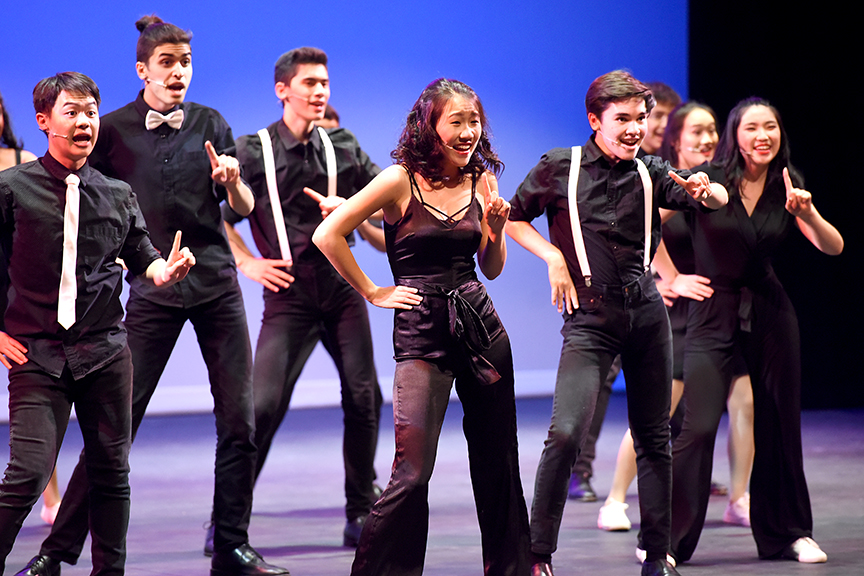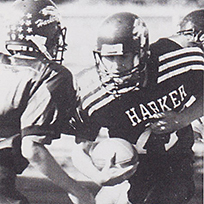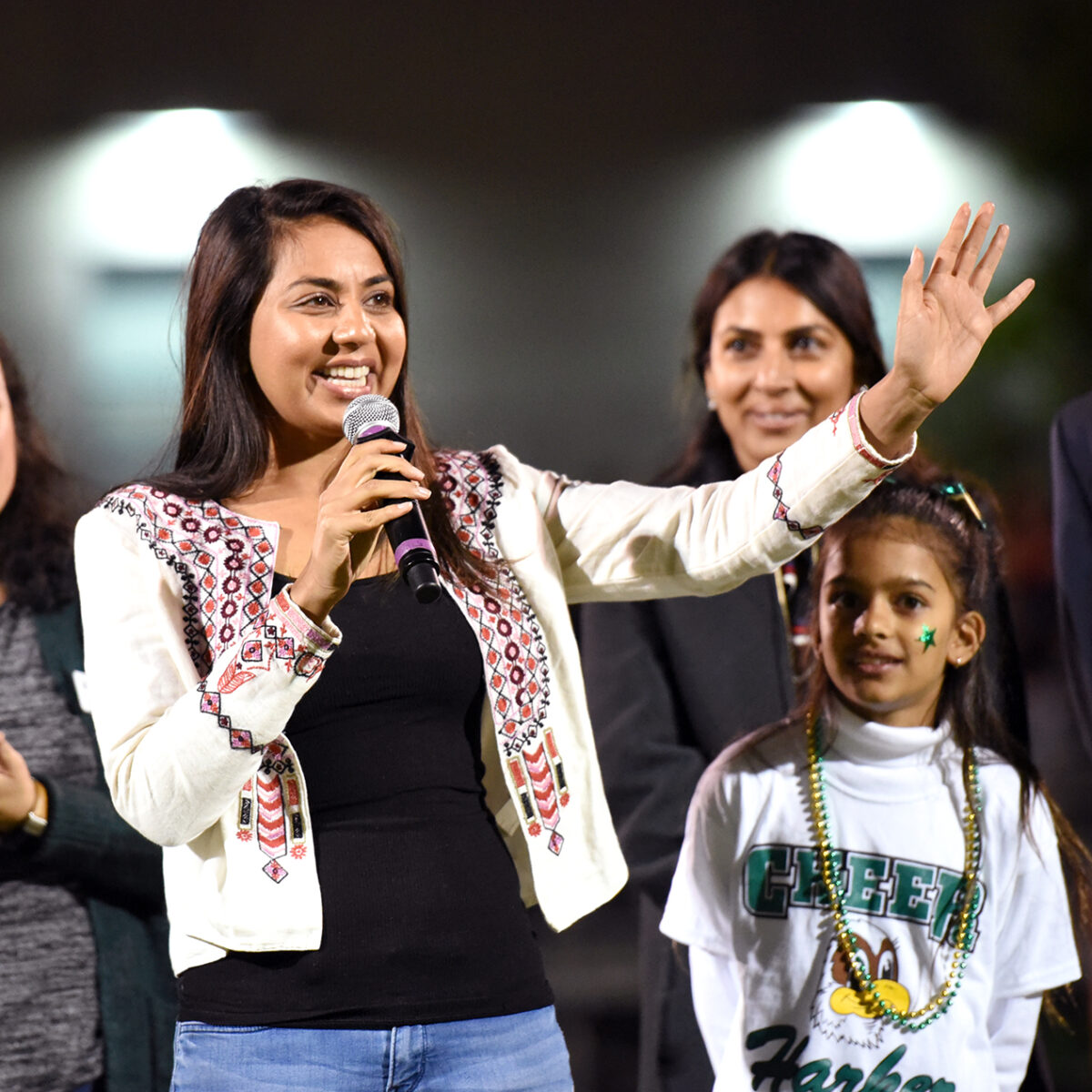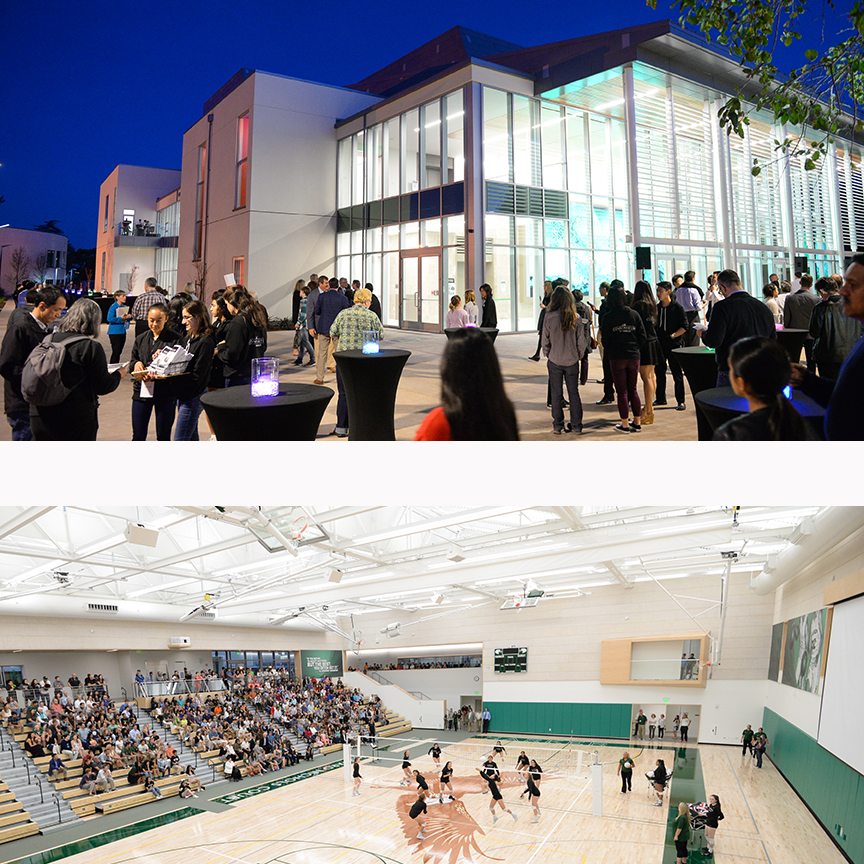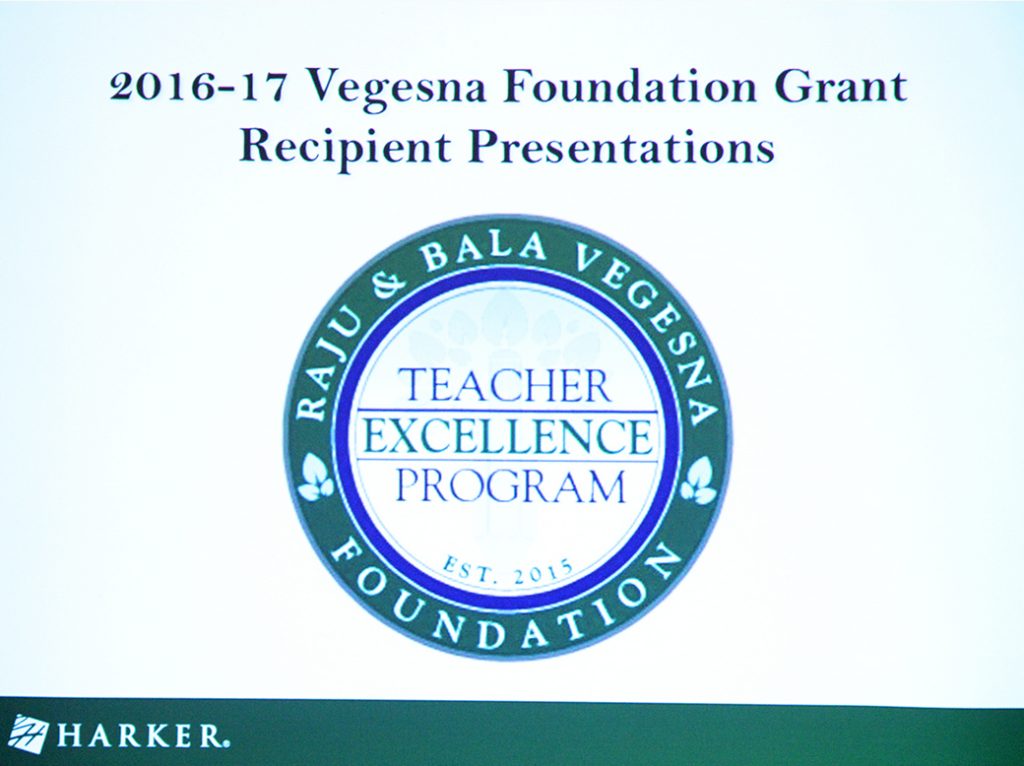The upper school campus was the scene of lights, music and fun Saturday night, as Harker held the 125th Anniversary Gala, its first gala since 2016.
advancement
Adam Vucurevich ’02, scorer of Harker’s first touchdown, named inaugural member of Harker Athletic Hall of Fame
Harker community heads ‘Back to the Future’ at 68th Family & Alumni Picnic
The middle school campus was bustling with activity last Sunday as more than 3,400 Harker community members, including about 200 alumni and their families, came together for the 68th Harker Family & Alumni Picnic.
Dr. Teja Patil ’02 given 2018 Distinguished Alumni Award for commitment to the community
Harker is pleased to announce that Dr. Teja Patil ’02 is the 2018 Distinguished Alumni Award recipient.
Athletic center and Rothschild Performing Arts Center earn SVBJ Structure Awards
Mitra and Near endowment awardees for humanities research papers announced
Harker is pleased to announce its 2018-19 endowment awardees; each student will receive a grant to help them in their yearlong effort producing a research paper on a humanities subject.
Vegesna teacher grant awardees plan range of activities to enhance classroom and skills
Administrators serve up lunch to lucky auction winners
The 10th annual Stellar Waitstaff Luncheon, a silent auction item that survived the cancelling of the Harker Family & Alumni Picnic was, as usual, a great success!
Circle Celebration draws lively, glittering crowd
Harker celebrated its major donors at the Head of School’s Circle Celebration on March 17.
Vegesna Grant recipient shares benefits of Rome classes with students, fellow faculty members
Clifford Hull, upper school Latin and history teacher, spoke to fellow faculty members recently about his six-week summer experience at the American Academy in Rome, made possible by a Vegesna Teacher Excellence Endowment grant.
